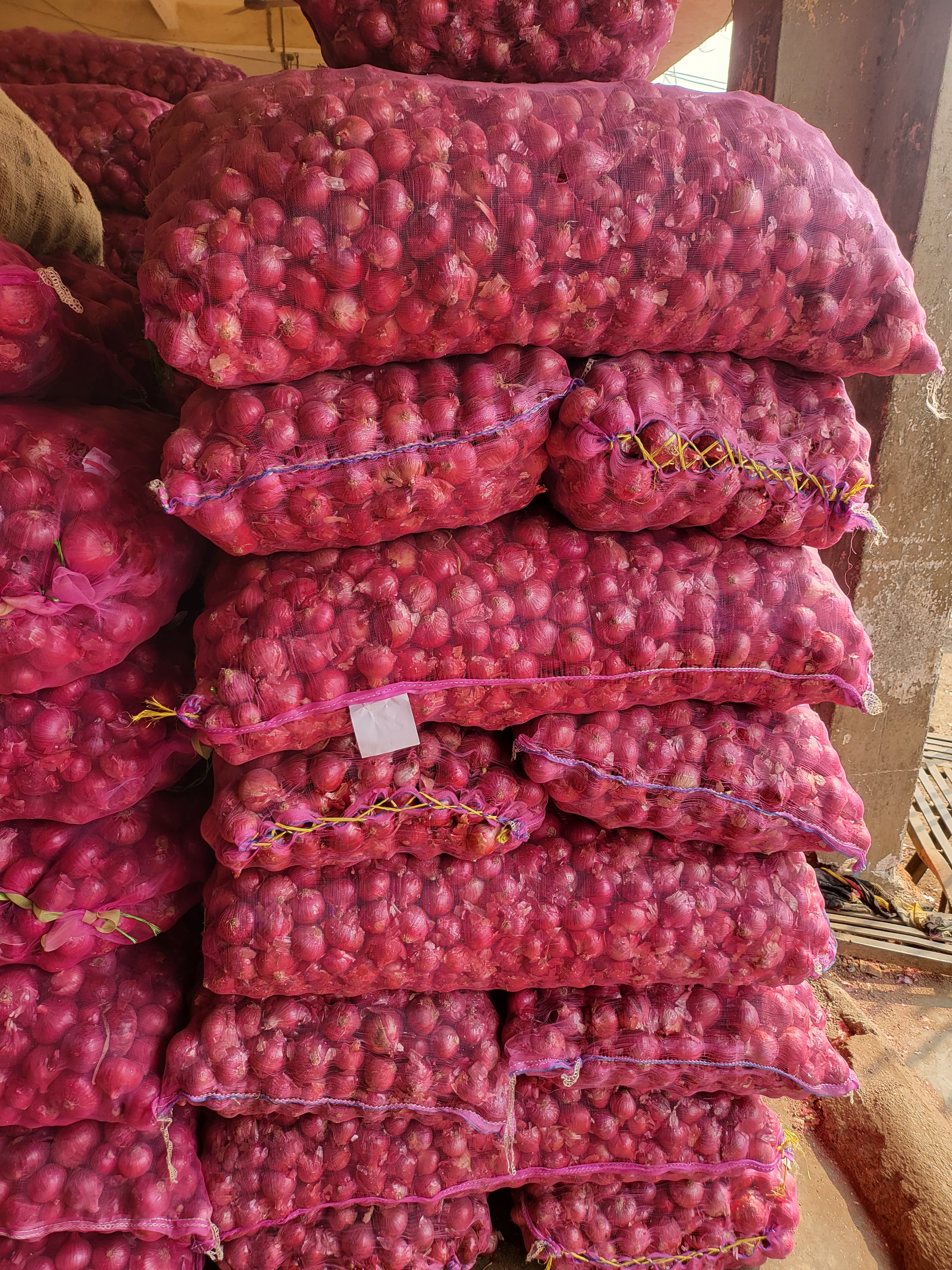


Onions have long been a staple in kitchens around the world, but their significance extends far beyond the culinary sphere. In 2025, onion exports are making headlines as a vital contributor to global trade, offering opportunities for economic growth, especially in countries with rich agricultural traditions. This blog explores the latest trends, challenges, and opportunities in the onion export market. The Global Demand for Onions Onions are an essential ingredient in numerous cuisines, driving consistent global demand. In recent years, this demand has surged, fueled by population growth, evolving dietary preferences, and the rise of global cuisines. Countries with surplus onion production are strategically positioned to capitalize on this demand by expanding their export markets. Key Players in the Onion Export Market Countries like India, China, the Netherlands, and the United States are leading the charge in onion exports. India, in particular, has seen a significant rise in exports due to favorable climatic conditions, a robust agricultural sector, and government initiatives aimed at boosting export potential. Indian onions are particularly popular in Middle Eastern and Southeast Asian markets. Challenges in Onion Exports Despite the growing demand, onion exporters face several challenges: Price Volatility: Fluctuations in onion prices, driven by domestic supply and demand imbalances, can impact export profitability. Quality Standards: Meeting the stringent quality and phytosanitary standards of importing countries is crucial but challenging. Logistics and Storage: Onions are perishable, requiring efficient storage and transportation solutions to maintain quality during transit. Trade Barriers: Tariffs, import restrictions, and geopolitical tensions can hinder export growth. Opportunities for Growth Technological Advancements: The adoption of modern farming techniques, such as drip irrigation and precision agriculture, can boost yields and improve quality. Diversification of Markets: Expanding into new markets in Africa, South America, and Europe can reduce dependency on traditional markets. Value Addition: Exporting processed onion products, such as onion powder and dehydrated onions, can add value and increase profit margins. Government Support: Exporters can benefit from government subsidies, export incentives, and trade agreements aimed at promoting agricultural exports. Sustainability and Onion Exports Sustainability is becoming a critical factor in the agricultural export sector. Exporters are increasingly adopting sustainable farming practices to reduce environmental impact, enhance soil health, and ensure long-term viability. Sustainable practices also appeal to environmentally conscious consumers and importing countries, providing a competitive edge. Conclusion The onion export market in 2025 presents a mix of challenges and opportunities. By leveraging technological advancements, expanding into new markets, and adopting sustainable practices, exporters can navigate these challenges and tap into the growing global demand for onions. As a key player in the agricultural export sector, onions continue to play a pivotal role in global trade, driving economic growth and contributing to food security worldwide.